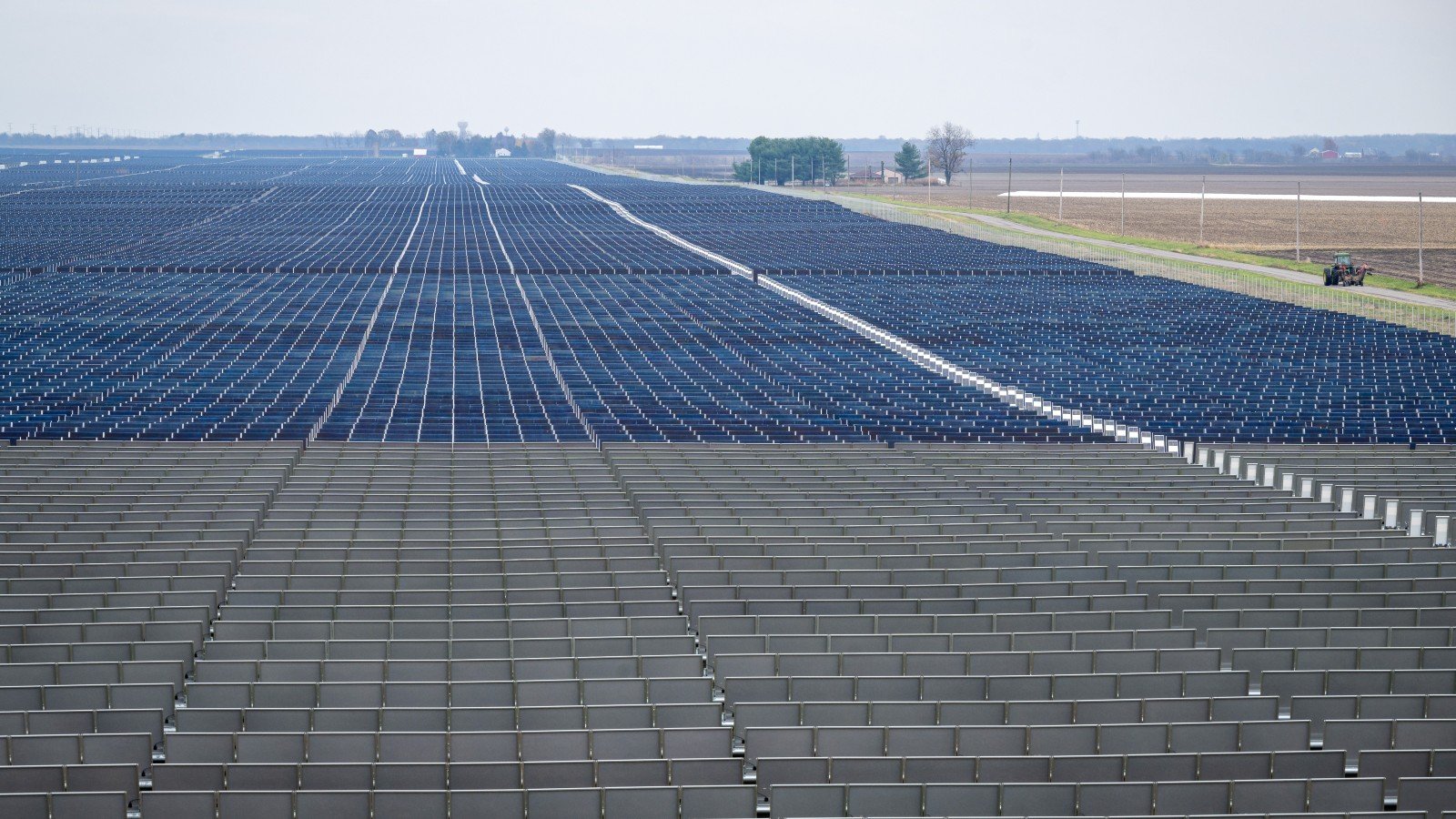To achieve its climate goals, the city helped finance the largest solar farm east of the Mississippi River.
It’s a lot easier to go green when you use 50% nuclear. Great to hear.
Good job Chicago!
Onwards!
Now if only our street parking weren’t owned by banks and foreign governements and we could get some real bike lane coverage.
I do love my city though.
To be fair, bike lane coverage has been steadily improving. I’m cautiously optimistic…
It’s very easy to do this when you earmark.
“Our new datacenter uses 100% clean energy”
Yes and 100% of that power could be used to replace fossil fuels if your datacenter wasn’t built.
They didn’t build new city buildings
??
In defence of this argument: I’ve thought the same thing about projects in my city. Like say there’s capacity for new solar. The power company could build it and make a small impact on the power mix, or they could earmark it for a project/building and let them say they’re “100% renewable.”
Mostly just politics bs, but still feel like this could be somewhat deceptive in the wrong context.
Its not to say that new renewables arent good. It’s just dishonest. Take a look at this paragraph:
Chicago alone has agreed to purchase approximately half the installation’s total output, which will cover about 70 percent of its municipal buildings’ electricity needs. City officials plan to cover the remaining 30 percent through the purchase of renewable energy credits.
So it’s not “using 100% clean power” It’s literally just earmarking (and funding)
Sometimes it’s hard to explain negative numbers in real world contexts, but credits are real impact to total coal/gas demand.
If the credits are used to fund someone else buying renewable energy in lieu of fossil fuels, then the impact is that fewer fossil fuels are consumed.
So if I pay someone $10 to buy solar energy instead of coal they were otherwise going to buy, while I buy that same amount of coal, then the net effect is zero additional demand for coal. You can say that it’s just an accounting exercise, but the real world effect is actually real.
But how would you expect that a city can achieve “using 100% clean power” without earmarking? Should they run their own, independent power grid?
Should they? No. Need they? Yes.
The important difference is that the power is allocated to a specific small subset of very public buildings rather than a municipality or even a neighborhood.
Next year the L train will be 100% pedal powered. If you want to get there quickly you better get in shape.
Chicagoans better ask the citizens of Pyongyang to help them push
Oh yah?
Pretty cool running all the heat on solar at night in January.
City officials plan to cover the remaining 30 percent through the purchase of renewable energy credits.
Provably powered by water and wind at night.
Ah, so it’s powered by coal, natural gas, and bullshit & lies.
Progress over perfection.
Even if it would be 30% oil & gas, thats still a massive improvement.
A major US city is running on renewables and taking stress off the national grid only during the daytime still sounds like a win for me.
Nuclear, Illinois is over half nuclear. Great for base load.
You tried




